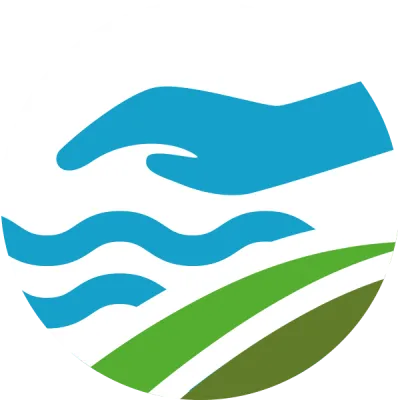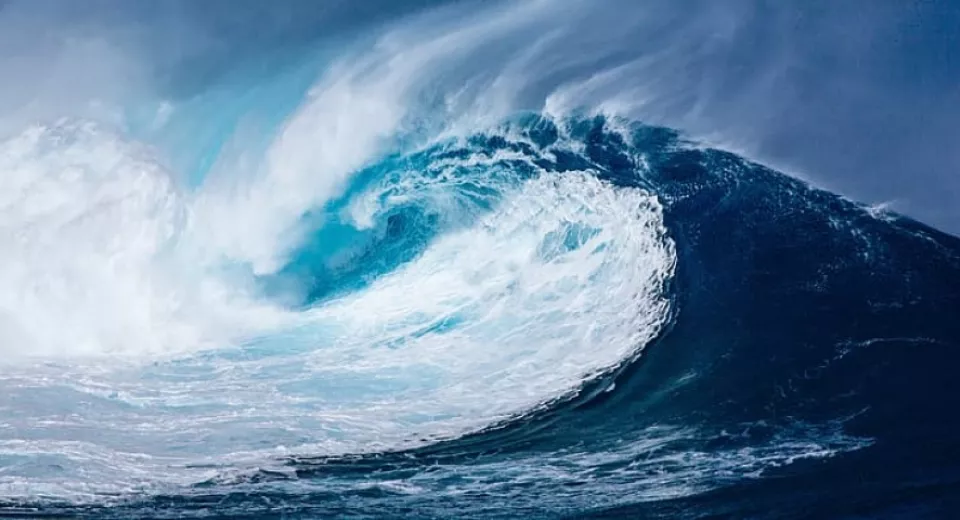Sustainable coastal management

Coastal protection in the 21st century: for nature, with nature
Throughout the ages, the coastal area has protected the hinterland against storms. People have further protected the coast by constructing breakwaters, groynes and seawalls as well as by replenishing beaches. However, we are now faced with new phenomena such as sea-level rise which require new developments that, ideally, work in conjunction with nature.
The dunes, beach and foreshore have formed a natural, sandy and robust coastal defence protecting the hinterland against storms since times immemorial. If it wasn’t for the littoral zone, seawater would splash over the seawall during storms, while the waves now lose their force because they have to travel a longer distance to reach the shore.
But this relationship between buffer and hinterland is not a status quo. Firstly, the coast is highly dynamic: sand is deposited in some areas, while it is lost through erosion in other areas. Secondly, the climatic conditions are changing at a fast pace.
Storms are occurring more frequently and, as a result of global warming, sea levels are expected to rise between 60 to 110 centimetres by 2100 (and in a worst-case scenario, even by three metres). These conditions increase the risks to our highly vulnerable hinterland. They also jeopardise the accessibility of our coastal ports and drainage of our rivers into the North Sea.

Costly and unsustainable
Human interventions are thus indispensable to optimally protect the coast. This is currently done in several ways, for instance through beach replenishment (beach nourishment), resulting in a wider beach. This is an effective, yet relatively expensive maintenance method: after each storm, the sand that has been washed away needs to be replaced.
Breakwaters and groynes are effective in slowing down the water flow. In addition, they make the suspended sand particles settle more quickly, allowing the beach to become wider. However, they also contribute to the erosion of the coastline.
Since Roman times, seawalls have been a good man-made buffer against storms, but their disadvantage is that they impede the natural supply of dune sand to the beach. This runs counter to our commitment to striking the optimum balance with the natural environment of the coast.
Cooperation between industry and research communities
In short, we humans have used our know-how to successfully protect the coast against the force of the sea for centuries. However, the current challenges posed by climate change and coastal erosion require new innovative solutions for efficient coastal defence. Ideally, these solutions should be nature-based, so that they protect not just the human population but also the biodiversity on the beach and in the sea.
What are those solutions? To give an adequate answer to this question, the spearhead group Blue Cluster cooperates intensively with several partners: researchers, engineering offices and companies specialised in hydraulic engineering, fisheries, textiles, biomaterials, sensors, monitoring, etc.
Nature-based solutions
A promising soft engineering solution currently under investigation is the creation of biogenic reefs. These living coastal buffer structures formed by marine wildlife reduce the effect of wave action and currents by reinforcing the low-water line.
Research is conducted into three bio-builders – mussels, seaweed and seagrass, and sand mason worms – with the pilot projects involving mussels looking particularly promising. An additional advantage is that these structures are not just efficient coastal buffers, but are also expected to become real hotspots of biodiversity in the long run – a follow-up project is ongoing.
It should be noted that reefs are already used on a small scale as natural protection. What is new is that novel techniques from aquaculture are now implemented to boost the growth of these natural reefs as much as possible. Studies on this topic are carried out, and several experiments are conducted.
Conclusion: At Blue Cluster, we are proud to contribute to such sustainable initiatives. Particularly because they demonstrate that science and industry can join forces to prevent coastal erosion in the long term and boost the blue economy. And nature is a fully-fledged partner in this project.